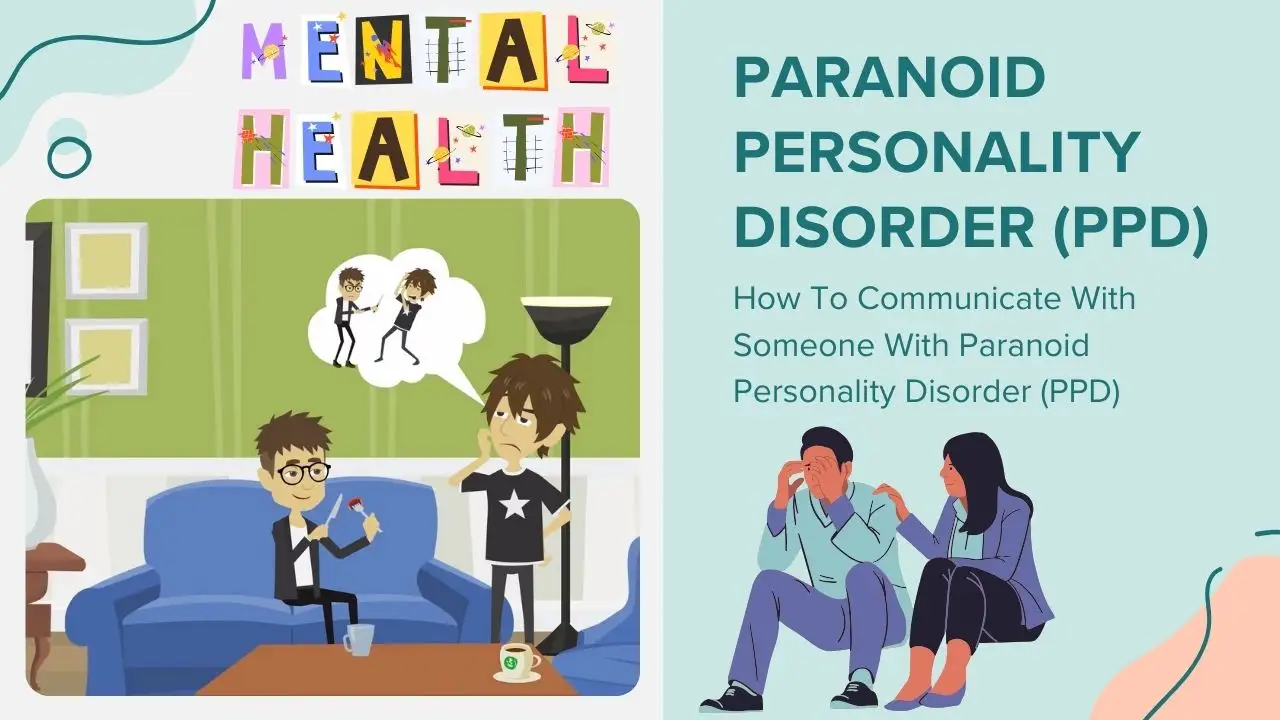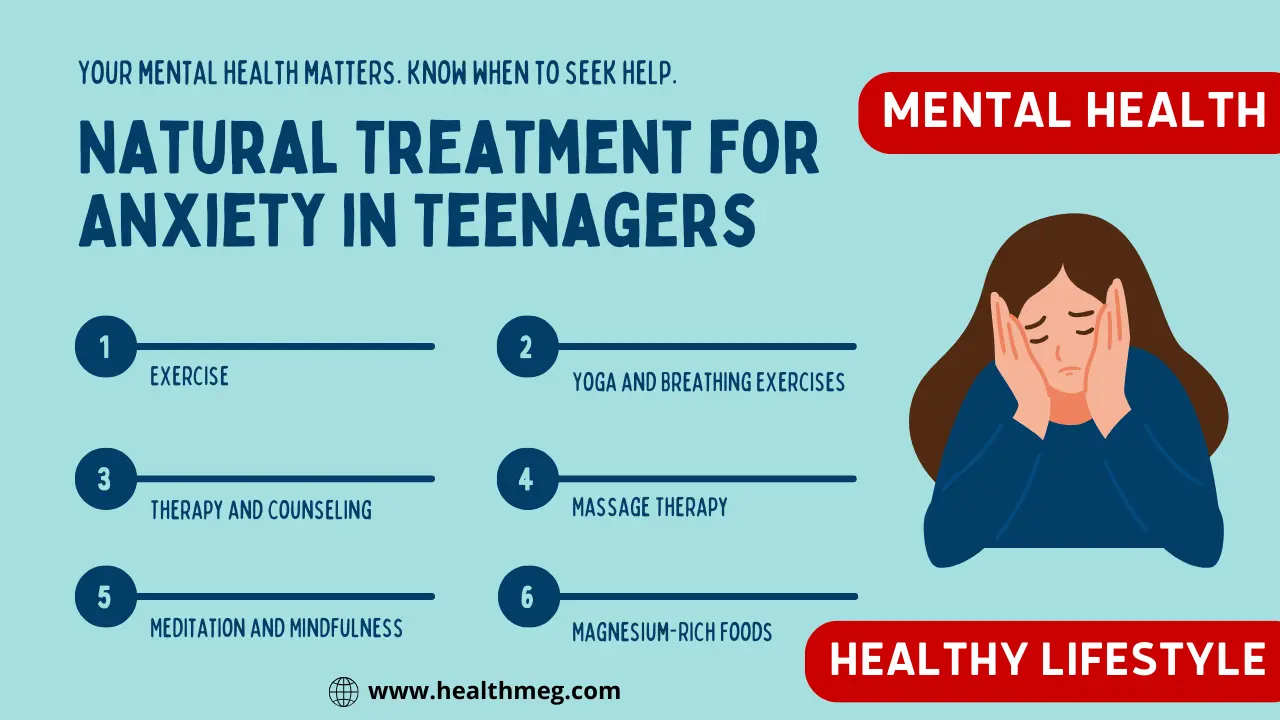Introduction
Communicating effectively with someone who has paranoid personality disorder (PPD) can be extremely challenging. However, with compassion, understanding, and tailored communication strategies, meaningful connection is possible. PPD is a mental health condition characterized by intense suspicion and mistrust of others. Approximately 4.4 million adults in the US experience PPD in a given year, representing 1.5% of the population (National Institute of Mental Health). People with PPD constantly look for threats, doubt others’ loyalty, and believe harm is imminent. They have great difficulty developing close relationships, instead of viewing others as dangerous. However, with the right approach, communicating with a loved one who has PPD does not have to be fraught with frustration. There are paths to building trust and understanding.
Do read the People Also Ask (FAQs) about this topic.
Key Takeaway
- Use compassion, active listening, and positive communication strategies to build trust gradually. Validate their feelings without endorsing specific beliefs, set boundaries, encourage professional help, and prioritize self-care.
- Communicating effectively with someone who has paranoid personality disorder (PPD) is challenging but possible with compassion, understanding, and tailored communication strategies.
- PPD stems from early experiences of trauma, betrayal, or victimization leading to hypervigilance to perceived threats. Suspiciousness is a protective mechanism that severely hampers relationships.
- Common communication challenges include jumping to conclusions, closed-off emotions, grudge-holding, blaming, anger outbursts, and stubbornness. But avoidance only reinforces the disorder.
- Building trust involves validating feelings, active listening, clear communication, and focusing on the present. Difficult conversations should be handled without arguing or dismissing concerns.
- Safe communication involves identifying shared interests, positive interactions, reinforcing progress, and offering practical assistance. Mutual understanding and intimacy become possible.
- Caregivers need strong boundaries and self-care. Professional help like therapy and medication is often crucial for lasting improvement.
- With compassion, professional support, positive communication approaches, and realistic expectations, relationships impacted by PPD can gradually heal and grow stronger.
Understanding Paranoid Personality Disorder
To communicate effectively with someone who has PPD, it’s important to understand where their behaviours stem from. People with PPD are hypervigilant about any potential dangers and threats. They are always on guard, ready to defend themselves. This constant state of suspicion and mistrust often originates from early experiences of trauma, betrayal, or victimization.
Research indicates that traumatic experiences in childhood, such as abuse, neglect, or loss of caregivers, significantly increase the risk of developing PPD in adulthood (American Journal of Psychiatry).
As a result, people with PPD tend to:
- Be overly suspicious of other people’s motivations and intentions
- Doubt even close friends or family members’ loyalty
- Avoid confiding in others or expressing vulnerability, for fear of exploitation
- Read hidden hostile meanings into harmless remarks or gestures
- Hold grudges, refuse to forgive perceived injustices or wrongs
- Be quick to anger and lash out due to their fear and mistrust
These behaviours offer protective armour in a world they perceive as unsafe and filled with enemies. But they severely impair the ability to form close relationships. With understanding and proper treatment, many people with PPD can gradually challenge their paranoid beliefs and build more trusting connections.
Challenges in Communicating with Paranoid Personality Disorder
For loved ones, communicating with someone who has PPD can be intensely frustrating and disheartening. Some common challenges include:
- Jumping to conclusions: You say something innocuous, and they instantly interpret it as an attack. There is no benefit of the doubt.
- Closed off: No matter how hard you try, they remain secretive and reveal little about themselves. Emotional intimacy is avoided.
- Grudge holding: They bring up past grievances and conflicts repeatedly, sometimes from years prior. Forgiveness does not come easily.
- Blaming: They frequently make you the scapegoat for problems. Their own negative traits get projected onto you.
- Anger: Suspiciousness breeds frequent angry outbursts, sometimes over minor issues. Calm rational discussion is rare.
- Stubbornness: They reject any feedback contradictory to their rigid viewpoint. Perspective-taking is nearly impossible.
Understandably, these dynamics strain even the strongest relationships. Family members often feel hurt, resentful, lonely, and just plain exhausted. However, escape and avoidance will only reinforce the paranoid person’s belief that people are untrustworthy and unreliable. With concerted effort and tailored communication strategies, progress is possible.
Building Trust and Understanding
The first steps in communicating effectively involve building an atmosphere of safety and understanding. Some approaches include:
- Validate their feelings: Let them know you take their worries seriously, even if you disagree with the content. Comments like “I understand this seems very real for you” demonstrate empathy.
- Practice active listening: Give them your full attention when they express concerns. Ask open-ended questions, paraphrase, and avoid interrupting.
- Use clear communication: Opt for simple, direct language. Avoid sarcasm and figures of speech that could feed misinterpretation. Pay close attention to your tone and body language as well.
- Focus on the present: Don’t dwell on old arguments or past issues. This only fuels their hypervigilance and self-protective anger. Gently redirect to current issues.
Building even this basic foundation of trust and understanding takes time and dedication. But it lays the groundwork for navigating more challenging conversations.
Managing Difficult Conversations
Despite your best efforts, distorted thinking will sometimes lead to false accusations, misplaced anger, and other difficult situations. Some tips for navigating tense exchanges include:
- Don’t argue or dismiss: As frustrating as it is, arguing with their paranoid concerns will only fuel mistrust. State your perspective calmly without attacking theirs.
- Offer neutral observations: If needed, gently point out factual inconsistencies in their claims. But avoid accusatory language that could prompt defensiveness.
- Set boundaries: Make it clear you will not tolerate abusive language, yelling, or toxic blame. You can be understanding yet also maintain self-respect.
- Use “I” statements: When expressing your own needs and concerns, focus on how you feel rather than criticizing them. For example, “I feel hurt when you say I’m trying to harm you.” This reduces defensiveness.
Even with the most compassionate approach, progress won’t be linear. There will be ups and downs, steps forward and back. With patience and consistency, communication can steadily improve.
Building Safe Communication
Once a basic foundation of trust is established, you can move towards building a communication environment that feels safer and more supportive for both of you. Some principles for nurturing healthy dialogue include:
- Identify shared interests: Look for common ground in hobbies, values, or experiences you can bond over and enjoy together. This builds rapport.
- Focus on positive interactions: Express appreciation for their strengths and efforts. Find opportunities to share joy. Celebrate when communication goes smoothly.
- Reinforce progress: Compliment them when they engage in openness, share vulnerabilities, or consider alternate perspectives. Encourage these small steps.
- Offer practical assistance: Demonstrate support by offering tangible help like accompaniment to appointments, help with chores, or sharing transport.
With time, such expressions of care can gradually chip away at paranoid defences. Each positive interaction builds valuable relational momentum.
Self-Care for Caregivers
Caring for someone with severe PPD often takes an immense emotional toll. Making your own self-care a priority is essential. Some self-care tips include:
- Recognize your limits: No matter how much you care, you cannot control another person. Let go of this unrealistic expectation.
- Set healthy boundaries: Be vigilant against overextending yourself to the detriment of your own health and well-being.
- Seek support: Share your experiences with trusted friends, family members, or a therapist. Don’t try to cope alone.
- Practice self-care: Make time for relaxing activities that rejuvenate you, like exercise, nature walks, meditation, or enjoyable hobbies. Tend to your physical and mental health.
Protecting your own well-being enables you to be more present and engaged with your loved one. It also models important self-care skills for them.
Getting Professional Help
While compassion and understanding can go a long way, professional treatment is often needed for lasting improvement with PPD:
- Therapy: Cognitive behavioural therapy, interpersonal therapy, and schema therapy can all help individuals challenge paranoid beliefs and adopt healthier relationship habits. A study found that CBT significantly reduced paranoid symptoms and improved functioning in individuals with PPD
- Medication: Anti-psychotic or anti-anxiety medications may be prescribed in some cases to help reduce severe symptoms.
- Support groups: Connecting with others facing similar struggles reduces isolation and provides community support. Groups are available both locally and online.
- Hospitalization: For acute paranoia that has escalated to a delusional state, brief inpatient stabilization may be warranted.
If your loved one is open to it, offer to help them research providers and accompany them to appointments. Ongoing professional help, coupled with your continued support, offers real hope for healing.
Conclusion: Maintaining Hope and Connection
Relating to a loved one with PPD often feels like navigating a minefield. Progress requires tremendous patience. However, by combining compassionate understanding with good communication strategies, meaningful connection is achievable. With time, paranoid defences can be dismantled, trust can be built, and intimacy is possible.
Throughout this journey, maintaining realistic expectations is important. There will be ups and downs, steps forward and back. Focus on celebrating small wins, prioritizing self-care, and cherishing each positive interaction. There is hope for greater mutual understanding and fulfilment in relationships impacted by PPD. Additional resources for learning more about PPD and getting support include:
- National Alliance on Mental Illness (NAMI): www.nami.org
- Mental Health America: www.mhanational.org
- Paranoia and Paranoid Disorders Support Alliance
With compassion, understanding, professional help, and open communication, relationships strained by PPD can gradually heal and grow stronger.
Also Read: 4 Types of BPD Test: A Comprehensive Guide for Borderline Personality Disorder (BPD)
People Also Ask (FAQs)
Q) Can you communicate effectively with someone with Paranoid Personality Disorder (PPD)?
A) Yes, compassionate understanding paired with tailored communication strategies makes connecting with someone who has PPD very possible. Focus on building trust, managing difficult conversations positively, reinforcing progress, and encouraging professional treatment.
Q) How do you interact with someone who is paranoid?
A) When interacting with someone paranoid, use compassion, patience and reassurance. Let them express their fears without judgement, validate their feelings, focus on the present, and avoid escalating the situation. Setting boundaries and encouraging professional help can also be beneficial.
Q) How do you deal with someone who has paranoid personality disorder?
A) Use empathy, active listening, positive communication strategies and reinforcement to connect with them. Don’t take things personally, argue or dismiss their concerns. Encourage therapy, medication and support groups as needed. Maintain realistic expectations.
Q) How to be in a relationship with someone with paranoid personality disorder?
A) Show care and affection while also setting firm boundaries. Don’t internalize their suspicions. Suggest reality-testing paranoid thoughts. Appeal to their values and offer professional help. Join a support group yourself.
Q) How do you get a paranoid person to seek help?
A) Compassionately explain how therapy could improve their relationships and quality of life. Offer to help find providers and accompany them to appointments. Highlight that treatment can build self-esteem and trust.
Q) How do you make a paranoid person trust you?
A) Build trust gradually through compassion, active listening, focusing on the present, validating feelings and setting boundaries. Be reliable and consistent. Don’t take their suspicions personally. Gently reinforce reality.
Q) How do you calm paranoia?
A) With empathy, reassurance and a non-judgemental attitude. Distract them into the present moment. Offer coping strategies like deep breathing, relaxation techniques and cognitive challenging of paranoid thoughts. Professional help is key.
Q) What triggers a paranoid personality?
A) Main triggers are traumatic experiences like abuse, victimization, betrayal, social exclusion or bullying. Genetics, brain chemistry and neurodevelopmental factors can also contribute to a paranoid personality.
Q) What is the root cause of paranoid personality disorder?
A) There are a few key root causes of PPD – childhood abuse/trauma, adverse life events that reinforce suspicion, biological predispositions like differences in brain chemistry or structure, and learned maladaptive relationship behaviours.
Q) What can worsen paranoid personality disorder?
A) Stress, poor sleep, drug use, social isolation, high-conflict relationships, and negative life events that reinforce suspicious beliefs can all worsen PPD symptoms. A lack of effective treatment and coping strategies also exacerbate the disorder.











